
The Future of Foldable Phones: Are They Worth It?
Introduction: The Rise of Foldable Smartphones
Foldable phones have transitioned from concept devices to mainstream smartphones, with brands like Samsung, Google, and Motorola leading the innovation. But with high prices, durability concerns, and software limitations, many consumers wonder: Are foldable phones worth buying in 2025?
This guide will explore:
✅ The latest innovations in foldable technology
✅ Advantages and disadvantages of foldable smartphones
✅ Future trends shaping the industry
By the end, you’ll know whether foldable phones are the future or just a passing trend.
1. How Foldable Phones Have Evolved
When Samsung launched the Galaxy Fold (2019), it was seen as a bold but flawed experiment. Since then, foldable smartphones have improved significantly.
Key Milestones in Foldable Phones
📌 2019-2020: First-generation foldables (Samsung Galaxy Fold, Huawei Mate X) faced screen durability issues and high repair costs.
📌 2021-2023: Brands refined foldable designs, introducing Ultra-Thin Glass (UTG) and better hinges (Samsung Z Flip, Oppo Find N).
📌 2024-2025: Lighter, thinner, and more durable foldables emerged with creaseless displays and improved battery life.
Now, foldable phones are more reliable, practical, and widely available, but are they truly better than traditional smartphones?
2. Benefits of Foldable Phones
✅ Larger Screens Without Sacrificing Portability
- Foldables offer a tablet-like experience in a pocket-sized device.
- Great for multitasking, gaming, and media consumption.
✅ Advanced Multitasking Features
- Split-screen & floating windows enhance productivity.
- Samsung, OnePlus, and Google foldables allow three apps to run simultaneously.
✅ Unique Form Factors for Creativity
- Devices like the Galaxy Z Flip and Motorola Razr allow hands-free Flex Mode for content creators.
- Foldable screens improve stylus functionality (Samsung S Pen on the Galaxy Z Fold series).
✅ More Durable Than Before
- Modern foldables use Gorilla Glass Victus & Armor Aluminum to reduce fragility.
- Water-resistant foldables (IPX8 rating) are now common.
3. Downsides of Foldable Phones
❌ Expensive Price Tags
- Foldables cost 30-50% more than flagship smartphones.
- Example:
- Samsung Galaxy Z Fold 5 – $1,799
- Samsung Galaxy S23 Ultra – $1,199
❌ Durability Concerns
- Hinge wear & tear: Foldables have moving parts that weaken over time.
- Crease issues: Despite improvements, the screen still folds, leading to visible lines.
❌ Battery Life Challenges
- Foldable displays consume more power, leading to shorter battery life than traditional phones.
- Example:
- Galaxy Z Fold 5 – 4,400mAh battery (5-6 hours screen time).
- Galaxy S23 Ultra – 5,000mAh battery (8-9 hours screen time).
❌ Limited App Optimization
- Many apps don’t fully utilize foldable screens.
- Example: Instagram & TikTok may not scale properly, causing awkward UI.
4. Future Trends: What’s Next for Foldable Phones?
🚀 1. Creaseless & Rollable Displays
- Samsung, Oppo, and TCL are developing rollable smartphones that expand seamlessly.
- LG Rollable Prototype teased a rollable OLED screen instead of a hinge.
🔋 2. Better Battery Efficiency
- Future foldables will use solid-state batteries to improve power efficiency.
🤖 3. AI-Powered Features
- AI-driven software enhancements for adaptive screen usage & smarter multitasking.
💰 4. More Affordable Models
- As production scales, expect sub-$1,000 foldables by 2026.
5. Should You Buy a Foldable Phone in 2025?
Who Should Buy a Foldable?
✔️ Multitaskers who want laptop-like productivity on a phone.
✔️ Content creators looking for unique camera angles & Flex Mode.
✔️ Early adopters excited about cutting-edge technology.
Who Should Skip a Foldable?
❌ Budget-conscious users (foldables remain expensive).
❌ People who need ultra-durable devices (traditional flagships last longer).
❌ Heavy mobile gamers (most foldables have smaller batteries & thermal issues).
Conclusion: The Future of Foldables Is Bright (But Not for Everyone)
Foldable smartphones are evolving rapidly, offering bigger screens, better productivity, and futuristic designs. However, they still have durability challenges, high costs, and app compatibility issues.
If you want cutting-edge innovation and versatility, foldables are worth considering. But if you value practicality, durability, and affordability, traditional flagship smartphones remain the better choice.
Would you buy a foldable phone in 2025? Let us know in the comments! 🚀

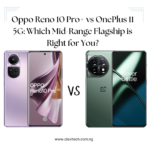

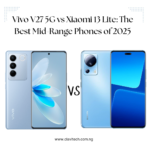

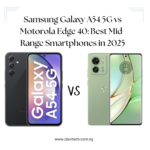
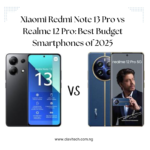

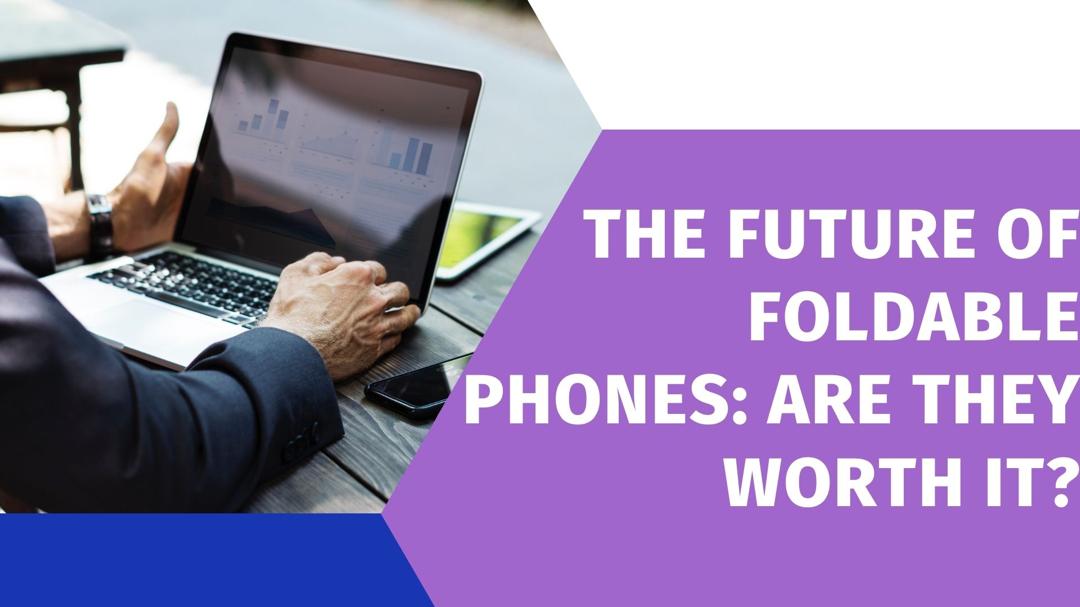
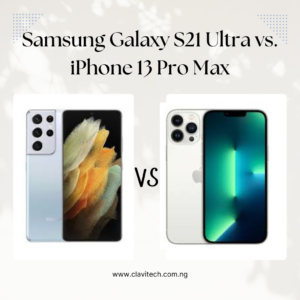
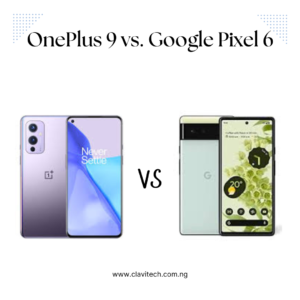
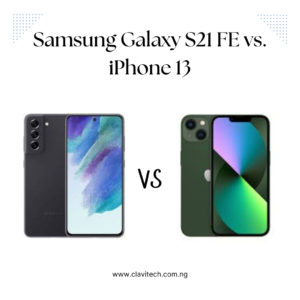
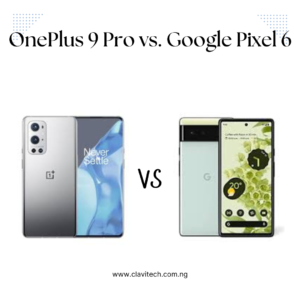
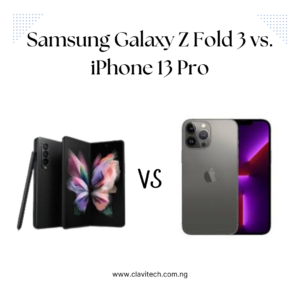
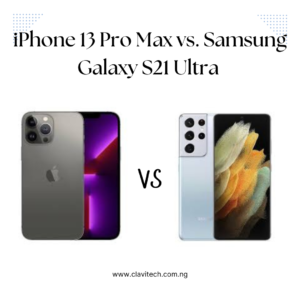
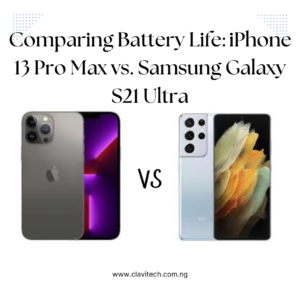
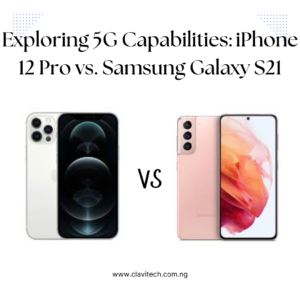
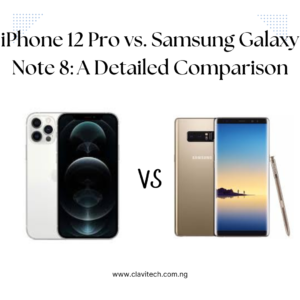
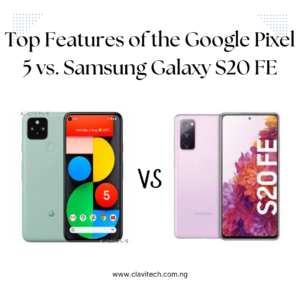
Post Comment